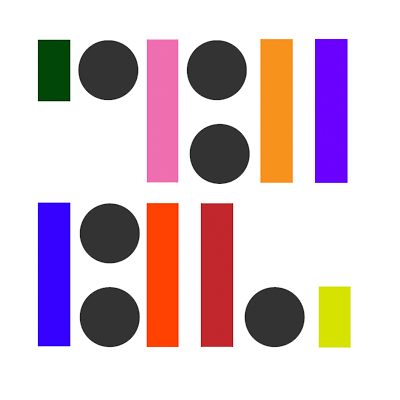interview with martyna marchiniak
Martyna Marciniak is a researcher and curator currently using her skills as a trained architect to help make the world a better place as member of Forensic Architecture, a multidisciplinary research group based at the University of London that uses architectural techniques and technologies to investigate cases of state violence and violations of human rights around the world.
Martyna was interviewed recently about her upcoming class Environment as Evidence by Viola Yip, an experimental composer and sound artist.
Can you tell us more about what "spatial storytelling" is?
For me spatial storytelling started with creating essay-films where architectural spaces were used to unfold the story or where architecture itself was an actor. Increasingly I am interested in using non-linear ways of storytelling and using the animated 3D model itself as a tool for navigating the stories embedded within the 3d model.
How did you get interested in "spatial storytelling" and "investigative journalism" in the first place? How are they related to you?
I first got interested in the methodologies of spatial storytelling during my architectural degree. I further developed them during the art residency at the Bauhaus Foundation in Dessau. After that I got introduced to the idea of using spatial representation in investigative journalism upon joining Forensic Architecture and realised the potential of experimenting with breaking down the linearity of conventional journalistic forms (text, film) by putting the model at the centre of story-telling.
What kind of equipment(s) does one need to be this kind of journalist?
You need a web browser and an ok computer. Sometimes a good smartphone helps. Overall nothing too fancy.
Can you share the most fun experience that you have with recording your spatial stories?
I am having most fun when I get to experiment with new mediums, which happens pretty much with any new work that I am doing but has been more common in my latest work as I am preparing research for my investigation of the environmental violence in Bialowieza Forest in Poland - currently working on a digital archive of the Forest in Unreal Engine. Other than that I had a lot of fun working on the Bauhaus residency, where the object of my study was the historic house I was living in - I got to combine working with photogrammetry, script-writing, film, choreography and sculpture and it was awesome!
Environment as Evidence will run online from 25. February every Thursday from 7-9pm CET until until 25. March. To reserve a spot, visit: https://www.eventbrite.com/e/environment-as-evidence-tickets-134399784373

